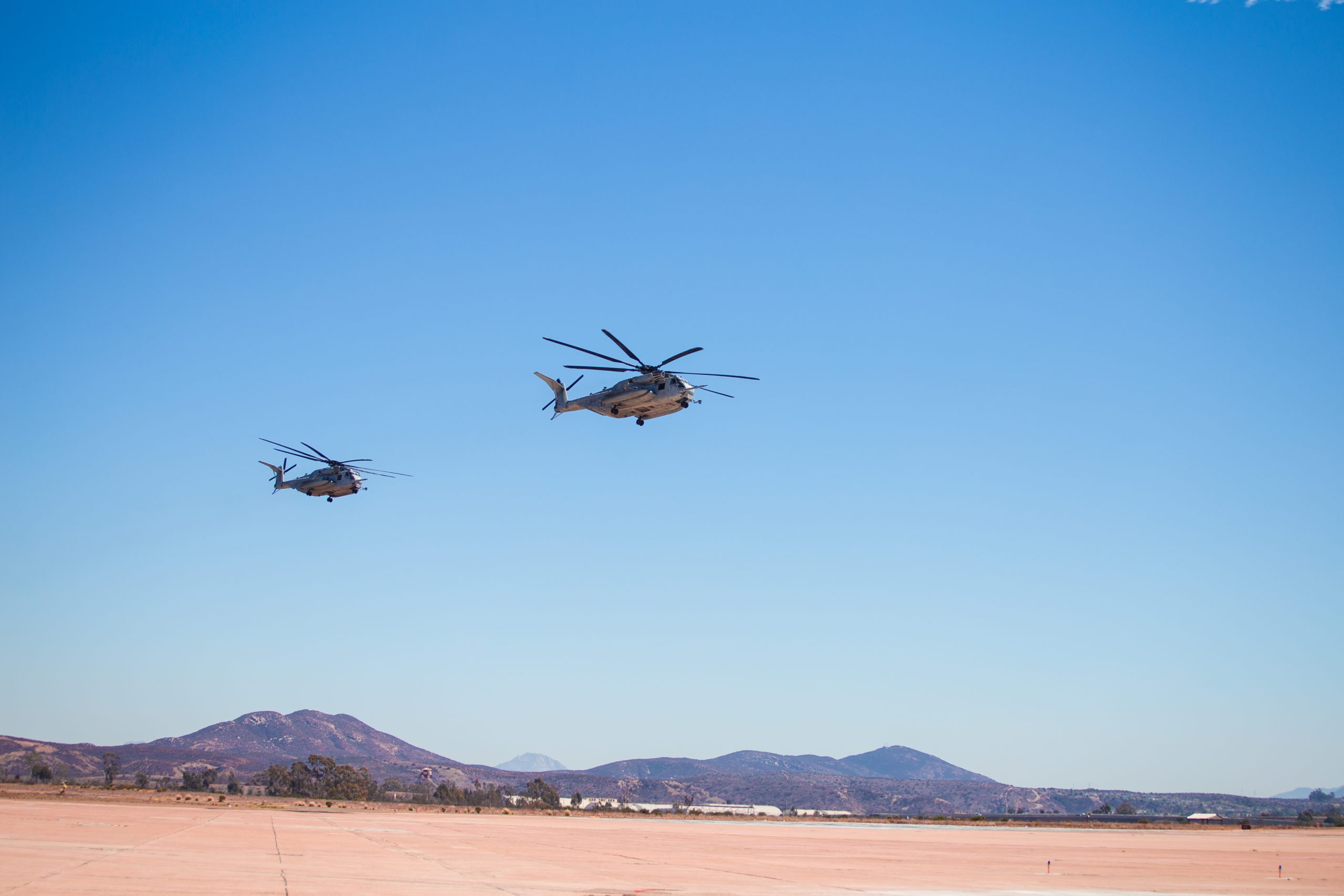Black Hawk maintenance is a critical part of keeping these copters operational and safe. Each requires an in-depth examination by skilled mechanics who fully understand the steps outlined below. Here’s what you need to know about this maintenance and how often it needs to be performed. Make sure you find a company that can provide these steps for your fleet to minimize risks.
Frequency of Maintenance
Helicopter maintenance typically takes on a myriad of different schedules. Commonly, a Black Hawk needs daily maintenance that helps to minimize the risk of minor wear and tear and to address things like fuel use. However, they also require maintenance every 25, 50, 100, 150, and 160 hours. Annual inspections are also often necessary. These vary depending on the manufacturer and the FAA stipulations. Understanding this type of Black Hawk maintenance can minimize the danger of damage.
Types of Maintenance and Inspections
Daily inspections typically consist of a visual inspection by a mechanic or the pilot before it flies. They are done before they fly or after the last landing of the day. They check for a myriad of things, including bullet holes to the copter (if it saw combat), damage to the windshield, problems with the mechanics, and much more. They also open up the access panel to check for loose panels, wires, or bolts.
The other inspection milestones typically include changing oil filters and suction screens, checking alternator belt tension, inspecting and serving the engine, draining and flushing gearboxes, servicing ignition components, lubricating the bearings, replacing hydraulic filters, inspecting valves, verifying the magnetic drive cushion, servicing the spring assembly, and even overhauling the entire helicopter.
Other Basic Maintenance Needs
Black Hawks must also be regularly refueled after every flight to ensure proper operation. After all, most copters can fly between 2.5-5 hours before refueling. During this time, mechanics also check for other signs of damage that may have occurred during the flight. These types of on-the-mission checks help to ensure that the copter doesn’t run into any operational danger in a firefight situation.
If you follow these Black Hawk maintenance guidelines, you should minimize the risk of complications and operational issues. Serious problems can always occur unexpectedly, of course. But following the proper helicopter maintenance guidelines does minimize this risk as much as possible. Thankfully, many different firms can provide this type of care to ensure the safety of your helicopter operation.

